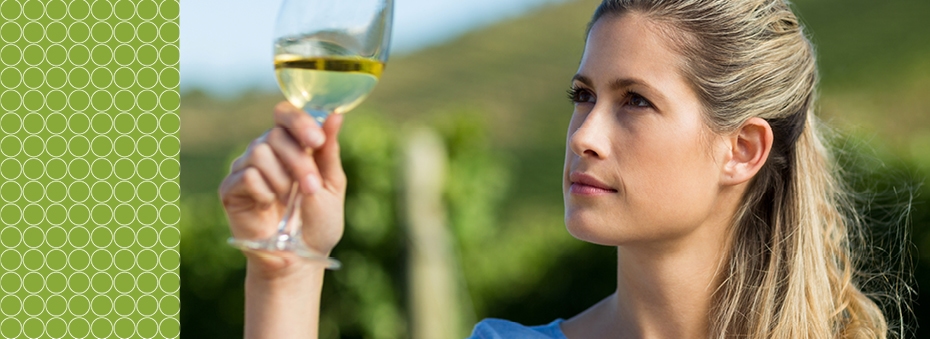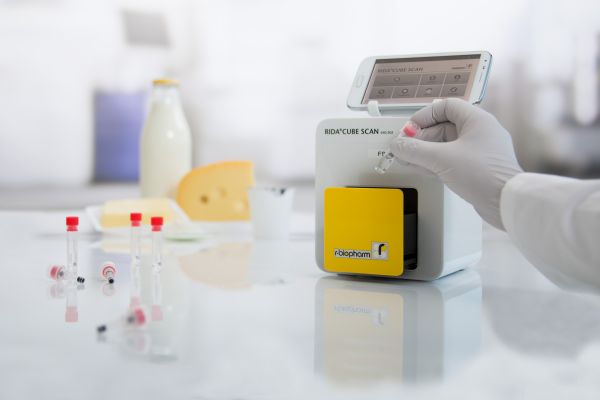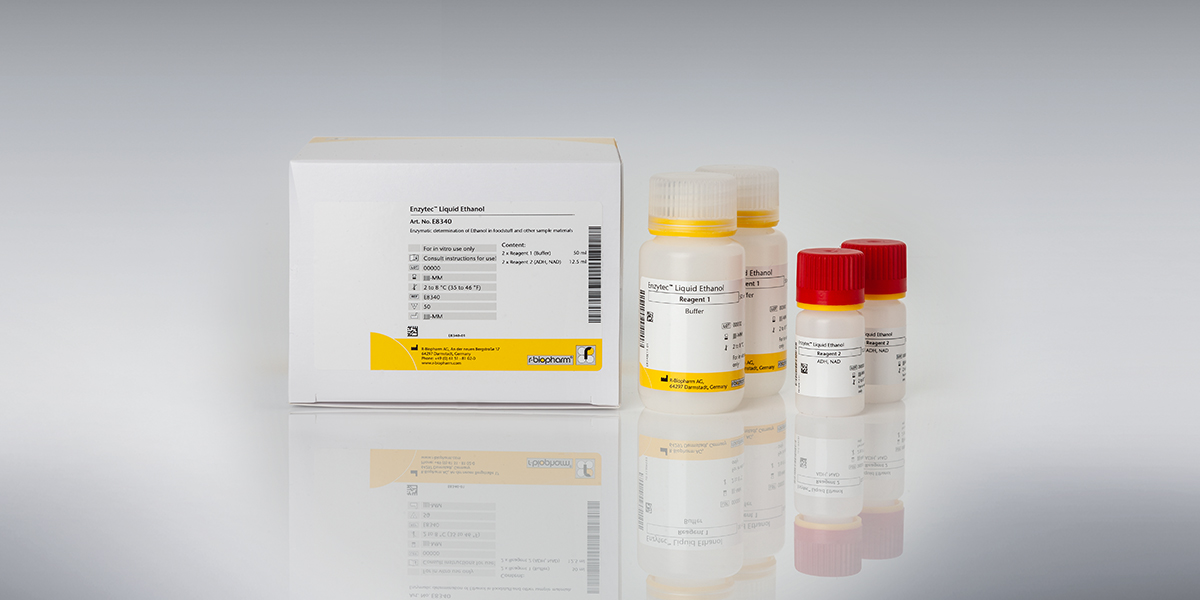
Recent news in Food & Feed Analysis
- Home
- /
- Non-alcoholic wine: what is...
Non-alcoholic wine: what is its actual alcohol content?

Whether non-alcoholic beers, sparkling wines or even wines: Drinks without alcohol are becoming increasingly popular. But how much alcohol is actually still in wine that is declared alcohol-free? And how is it ensured that the product meets the legal requirements?
In recent years, the range of the range of non-alcoholic wine alternatives has grown strongly in recent years – and the products have also developed significantly in terms of quality. As the German Wine Institute reports, the market share is still small, but almost all suppliers are recording rising sales figures. However, many who want to (or have to) do without alcohol ask themselves whether non-alcoholic wine is actually completely free of alcohol. Indeed, only a few products have an alcohol content of 0.0%. According to the law, wines may be declared “alcohol-free” if they contain up to 0.5% alcohol. In practice, the alcohol content is usually well below this legally permissible amount – on average around 0.2%.
By the way: The Lower Saxony State Office for Consumer Protection and Food Safety (LAVES) tested 27 non-alcoholic wines for their alcohol content a few years ago. All the wines tested had residual alcohol contents of between 0.1 and 0.2 percent by volume. This amount roughly corresponds to the alcohol content also contained in fruit juices, kefir, sauerkraut or bread. (Source)
Production of non-alcoholic wine
Alcohol-free wine is not made from grape juice, but from finished fermented wine, from which the alcohol is subsequently removed. There are various methods for removing the alcohol. The best taste is achieved with vacuum distillation, in which the wine is heated for a few minutes in a vacuum, where the alcohol evaporates at less than 30° Celsius. This gentle process largely preserves the aromas and bouquet of the wine. Alternative processes are reverse osmosis or thin film evaporation. Lost aromas are added back later. The complex process of dealcoholization also explains why non-alcoholic wine is less widespread than non-alcoholic beer, for example.
Determination of alcohol content in non-alcoholic wine
To check whether the product complies with the legal limits, manufacturers of non-alcoholic beverages must determine the ethanol content. Enzymatic test systems are used for such analyses, i.e. an enzyme is used to measure the ethanol in the sample and evaluated with a spectrophotometer. Depending on the requirements, two test systems are suitable for this purpose:
| RIDA®CUBE Ethanol | Enzytec™ Liquid Ethanol |
|---|---|
| • À utiliser en combinaison avec le RIDA®CUBE SCAN : petit système portatif réaliser des tests unitaires au sein des usines ou des petits laboratoires • Contrôle via tablette fournie • Réactifs prêts à l'emploi • Carte RFID avec tous les paramètres du test prédéfinis • Une seule étape de pipetage • Résultats après quelques minutes | • Méthode officielle AOAC®℠ 2017.07 pour le kombucha, les jus et la bière sans alcool. • À utiliser avec un spectrophomètre UV-visible • Réactifs liquides prêts à l'emploi. • Réactifs stables jusqu'à la date de péremption, même après ouverture • Facile à utiliser sur automates biochimiques (par exemple avec notre Pictus 500) |


